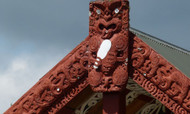Interesting Facts About Maori Culture in New Zealand
Posted by Maris on 23rd Jan 2024
The Māori people of Polynesia arrived in New Zealand some 750 years ago. Afterwards, New Zealand—which the Māori called Aotearoa—became one of the world's last inhabited landmasses. Following its official colonization by the British later in 1840, New Zealand had a turbulent history of colonization and native population relocation.
Nonetheless, the government of New Zealand is currently striving to right these wrongs by making reparations, such as returning land. Waitangi Day, observed on February 6th, is another day on which the country honours Māori customs and culture.
The Māori people comprise 14% of New Zealand's overall population, and their customs play a vital role in the development of true "Kiwi" history and culture. Therefore, it's crucial to educate oneself about Māori culture before you can fully immerse yourself in New Zealand.
A Brief Overview of Māori in New Zealand:
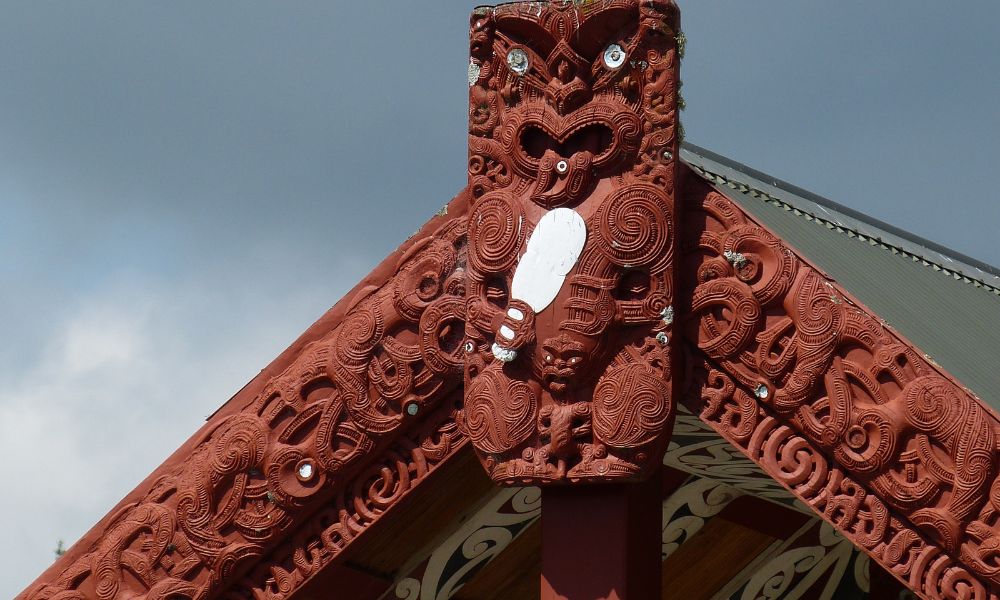
There are two main islands in New Zealand: Te Wai Pounamu in the south and Te-Ika-a-Maui in the north.
The Māori language, Te Reo, was once only spoken orally. They transmitted stories through songs (waita), folklore, and myths rather than through books and other written works.
A well-known ceremonial dance or challenge around the world is the haka, or ancient war cry. It is done to demonstrate the strength, solidarity, and pride of a tribe. Loud chanting and pounding of the feet are typical actions. When competing, the facial expressions and loud noises are intended to scare opponents.
The communal grounds, or marae, are symbolic of the Māori people's place of belonging. These distinctively carved houses are part of a different hapū (sub-tribe), iwi (tribe), or whānau (family). The Māori hold festivals, burials, tribal gatherings, and even workshops for education at maraes, which serve as cultural gathering places.
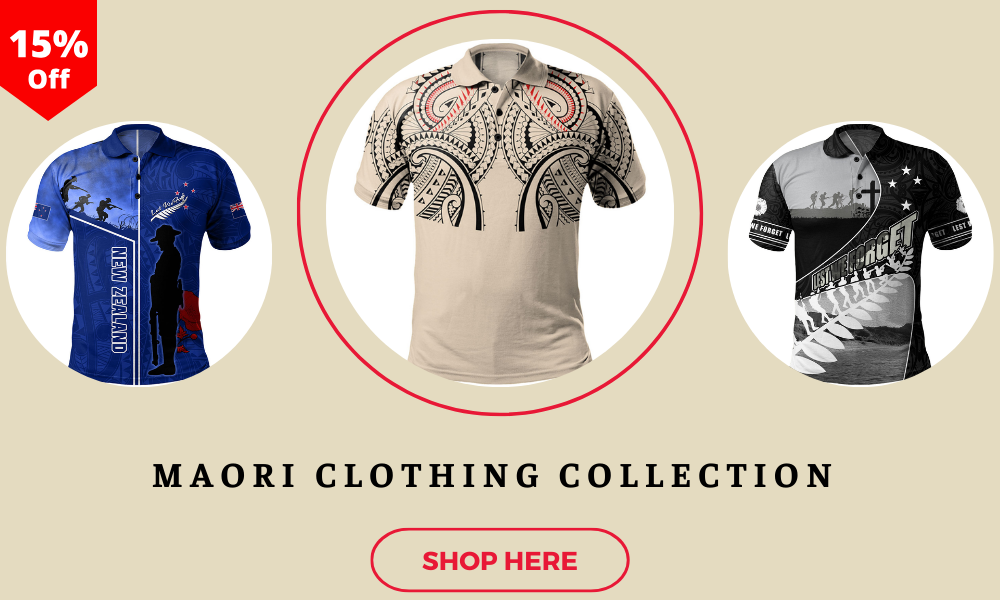
ADVANCED FACTS CONCERNING MĀORI CULTURE
Ta Moko: Conventional body art
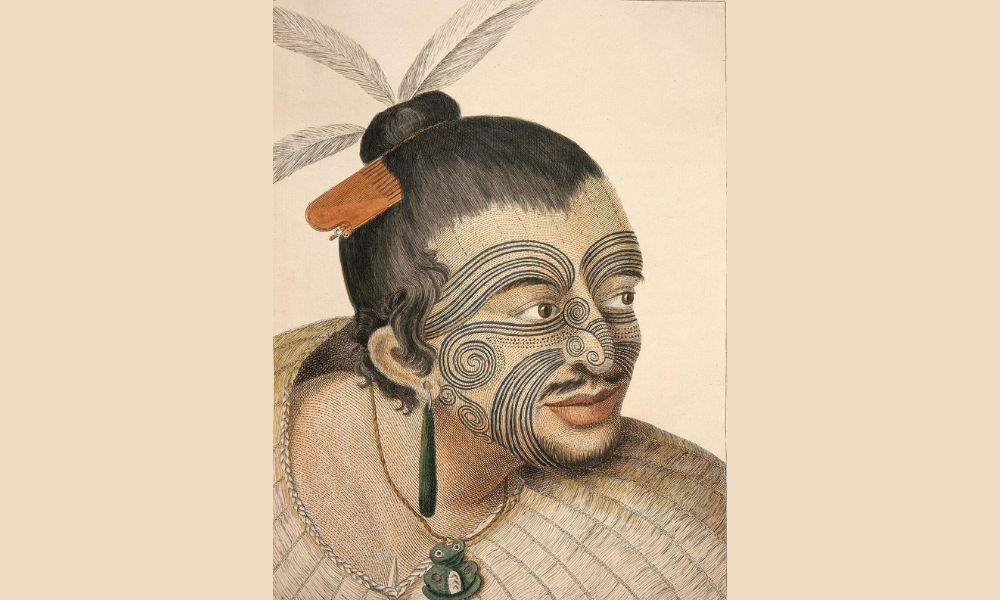
Tattoos, also known as ta moko, are a kind of art that symbolizes Māori reverence for their tribe and culture. Since tattoos symbolize a person's external wisdom, ancestry, and standing within the tribe, each one is intended to be unique. Never be afraid to inquire about a Māori person's tattoos if you are ever fortunate enough to meet them. It's a fantastic method to get a deeper understanding of their history and culture.
Hangi: Customary culinary methods
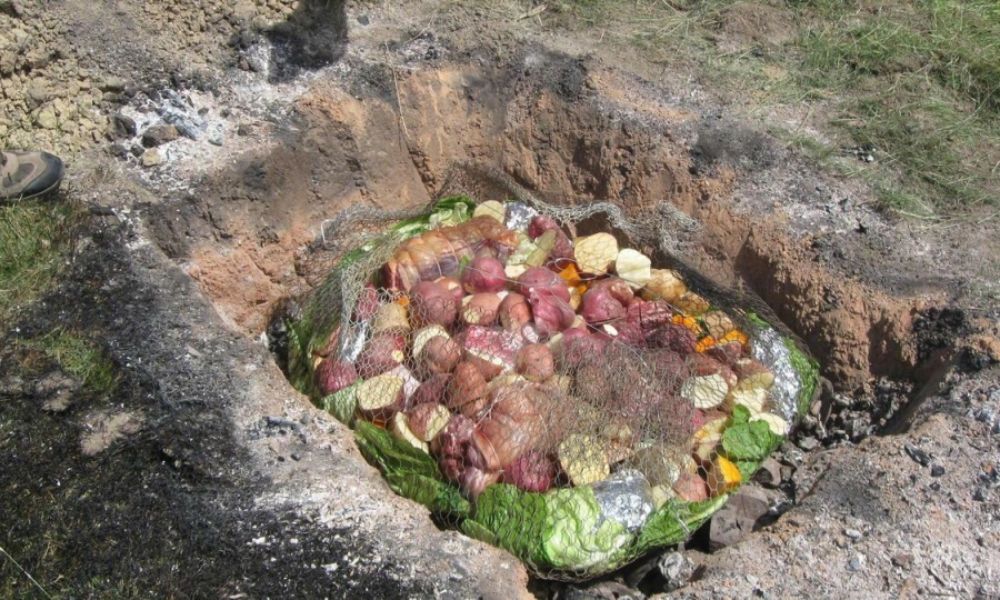
The Māori place a high value on community. They plan a hangi, a huge feast that often consists of chicken, lamb, hog, fish, and vegetables slow-cooked for hours in underground ovens, as a way to celebrate and spend time together. As a result, each mouthful of meat has a delicate texture and an earthy, smoky scent.
Hongi: A warm salutation
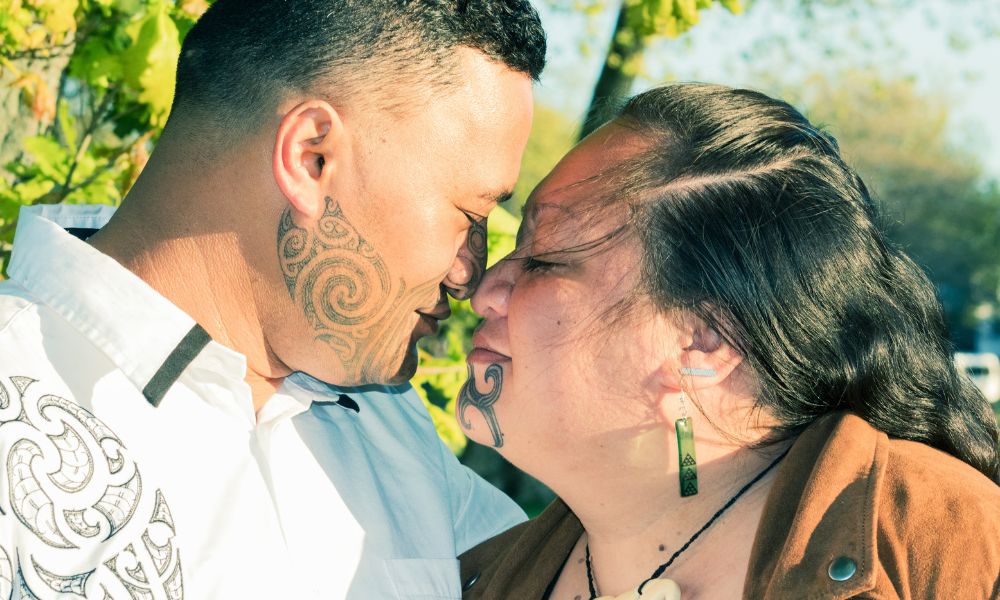
The Māori have a unique greeting called hongi, which should not be confused with a hangi. Because it features two persons squeezing their noses and foreheads together while closing their eyes and inhaling deeply, it is incredibly distinctive and culturally representative. It symbolizes allowing their souls contact and sharing a "breath of life" with the other person.
Te reo: narrative combined with oral language
Te Reo, the Māori language, was once only spoken orally. The Māori are, of course, master storytellers. Legends concerning practically everything, including wild creatures, mountains, lakes, rivers, and other natural wonders found in New Zealand, form the foundation of Māori culture. These stories have been passed down through the years as lessons for the younger members of the tribe.
A unique bond with whales
In Māori culture, tohorā have an important representation. Whales and humans interact in many vocal Māori mythology and stories, and they are consistently referred to be magical and sacred beings. A popular and environmentally friendly activity that both visitors and residents of New Zealand can take part in is whale watching.

